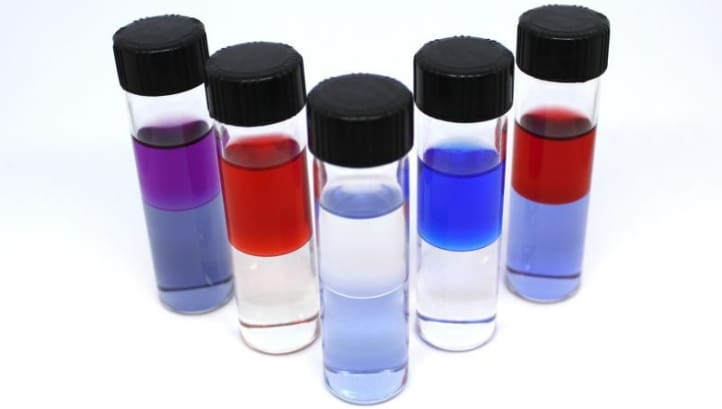A Columbia Engineering team led by Ngai Yin Yip, assistant professor of earth and environmental engineering, claims to have developed a radically different desalination approach hypersaline brines, called: temperature swing solvent extraction (TSSE)
Currently, says Yip, “hypersaline brines are desalinated either by membrane (reverse osmosis) or water evaporation (distillation). Each approach has limitations. Reverse osmosis methods are ineffective for high-saline brines because the pressures applied in reverse osmosis scale with the amount of salt: hypersaline brines require prohibitively high pressurizations. Distillation techniques, which evaporate the brine, are very energy-intensive”.
The Team claim TSSE can desalinate very high-salinity brines, up to seven times the concentration of seawater. This is a good deal more than reverse osmosis, the gold-standard for seawater desalination, and can handle approximately twice the seawater salt concentrations.
Yip has been working on solvent extraction, a separation method widely employed for chemical engineering processes. The relatively inexpensive, simple, and effective separation technique is used in a wide range of industries, including production of fine organic compounds, purification of natural products, and extraction of valuable metal complexes.
“I thought solvent extraction could be a good alternative desalination approach that is radically different from conventional methods because it is membrane-less and not based on evaporative phase-change,” Yip says. “Our results show that TSSE could be a disruptive technology—it’s effective, efficient, scalable, and can be sustainably powered.”
TSSE utilizes a low-polarity solvent with temperature-dependent water solubility for the selective extraction of water over salt from saline feeds. Because it is membrane-less and not based on evaporation of water, it can sidestep the technical constraints that limit the more traditional methods. Importantly, TSSE is powered by low-grade heat (< 70 C) that is inexpensive and sometimes even free. In the study, TSSE removed up to 98.4% of the salt, which is comparable to reverse osmosis, the gold standard for seawater desalination. The findings also demonstrated high water recovery (>50%) for the hypersaline brines, also comparable to current seawater desalination operations. But, unlike TSSE, reverse osmosis cannot handle hypersaline brines.
“We think TSSE will be transformational for the water industry. It can displace the prevailing practice of costly distillation for desalination of high-salinity brines and tackle higher salinities that RO cannot handle,” Yip adds. “This will radically improve the sustainability in the treatment of produced water, inland desalination concentrate, landfill leachate, and other hypersaline streams of emerging importance. We can eliminate the pollution problems from these brines and create cleaner, more useable water for our planet.”
The team have published a study in the online journal, Environmental Science & Technology Letters, which can be found at: https://pubs.acs.org/doi/10.1021/acs.estlett.9b00182
